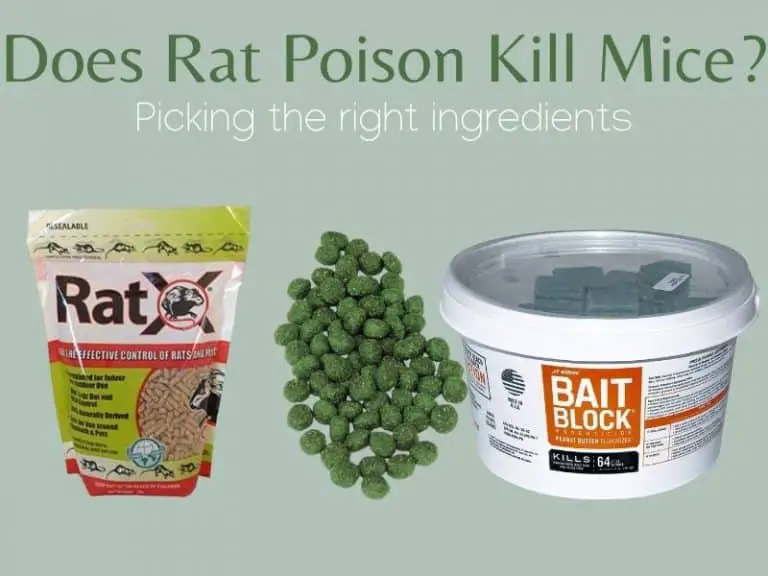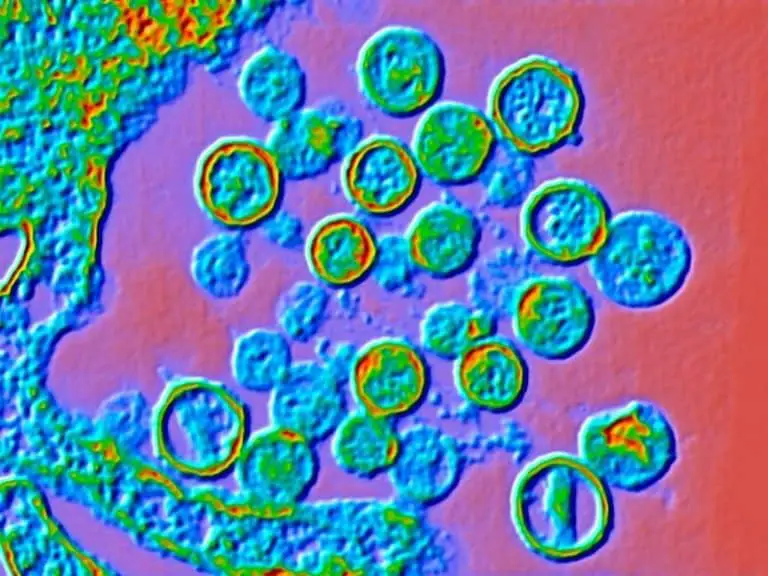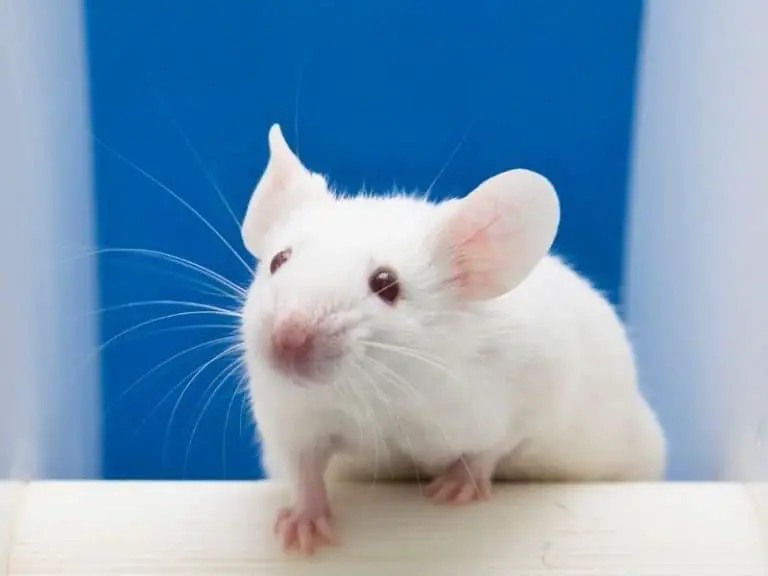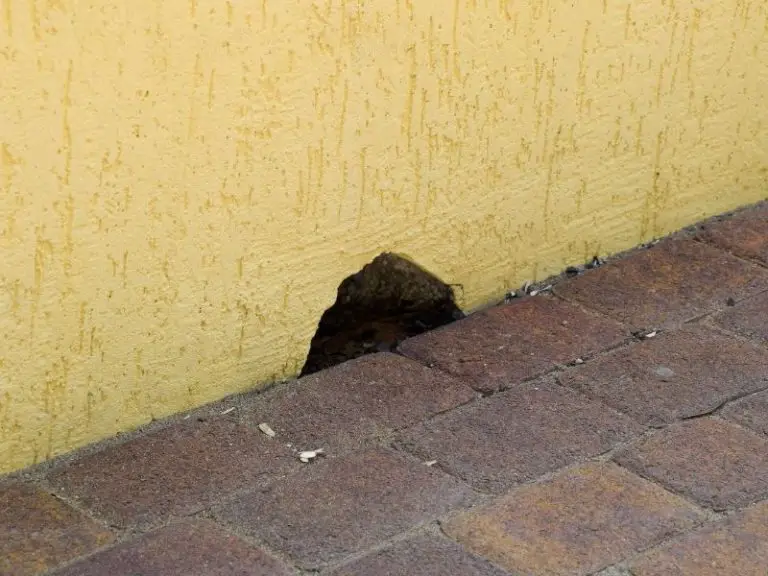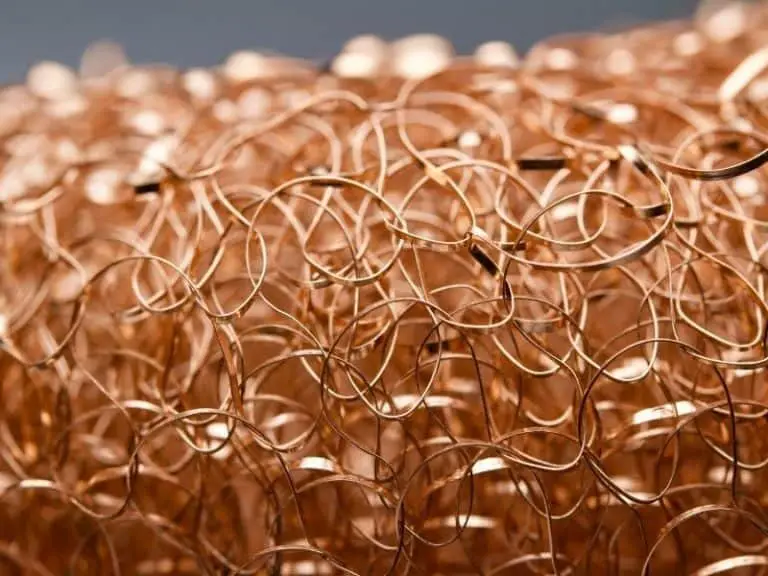How To Keep Mice Out Of The Stove FOREVER
Finding mice in a stove is a disturbing occurrence for every homeowner they could face. If you have an unfortunate experience with this, you might be wondering when, why, and how they can gain access to your kitchen stove and what can you do to keep them forever out.
To get rid of mice out of the stove, you need to keep the area clean and free of crumbs to eliminate their food source. Clean up any spills immediately and wipe the area using soapy water. Keep your stove free of mice with peppermint oil, which is a natural rodent deterrent.
Remember that mice can squeeze, climb, and crawl into tiny openings and gaps around your house, including the stove, to hunt for food and shelter. Therefore, here are some helpful tips below:
How To Keep Mice Out Of Your Stove
Mice may go undetected at some point since mice are discrete when doing their activities. The first telltale sign of mice infestation is droppings in your kitchen. If you suspect that mice live in your kitchen, it is time to prepare a plan and cook up the removal steps.
The kitchen is a warm and inviting area that can attract mice to gather and share for meals. The kitchen may become more of their haven as the temperature drop during winter and in the fall.
As you welcome guests during these months, you may find unknowingly that you are entertaining other intruders as well. During these seasons, mice may show up and intrude your kitchen space to take advantage of the food, water, warm shelter it provides.
According to the study conducted by the National Pest Management Association (NPMA), almost half of the respondents reported rodent infestation during fall and winter.
From those respondents, 50% reported that rodent infestation is more likely to occur in the kitchen. As the season starts to change, it is essential to keep these tiny furry creatures out of your house.
Clean Mouse Droppings Under The Oven With Vinegar
If you smell an unusual and pungent odor in your kitchen, mice might have gone exploring into your oven. Here are some practical tips to get rid of the smell and dropping from your oven:
The first thing to do is to scope out the droppings and then separate the removable parts, making it easier to access the hidden parts when cleaning.
Make sure that the oven is unplugged from the power source.
Boil the water and vinegar in a 1:1 ratio. Use this solution to clean the drawers and underneath the surface.
The water-vinegar solution’s primary goal is to get rid of the smell and pathogens, causing diseases. If the oven still smells like urine, start the broiling setting for some hours.
Adjust it to 350 degrees until the smell disappears, and the remaining bacteria are killed. To make it smell refreshing, you can use rosemary or lavender oil in the oven as a fragrant.
Leave the oven for half an hour, and then you are already done. Make sure to turn on the fan and open the kitchen windows to expel the smell.
Identify The Mice Entry Points
Though mice infestation is a common household problem, it can be challenging to diagnose. Mice are nocturnal species, meaning they are active during the night.
You may rarely see or hear mice during the daytime, but there are several signs to look for to determine the presence of critters after the dark.
Here are the typical kitchen entrance, including holes or cracks in these following areas:
- Walls
- Ceilings
- Cabinets
- Drawers
- Shelves
- Refrigerators
- Interior pipes
- Stoves
If you find holes or openings, check for dirty or oily markings around the edges.
The oils and grime coming from a mouse’s fur can rub against the hole edges as the mouse passes through the opening, especially if it is small.
Seal Any Holes Or Any Others Points Of Entry
After you identify the entry points, make sure to seal them properly. It is because mice can squeeze through tiny holes as small as 1.8 cm; they can find or gnaw several entry points in your home.
Locating and sealing these holes or gaps both in your house’s interior and exterior can help prevent the mice from accessing your kitchen.
According to the CDC, here are a few recommendations of places where to look for mice’s entry points in your kitchen:
- Inside and under kitchen cabinets
- Inside, under, and between stoves
- Inside pantries and near floor corners
- Under refrigerator
- Around the pipes under your kitchen sink
- Around the doors of your kitchen
- Around the floor vents
- Between the floor and wall junctures
Aside from the interior of your kitchen, here are the other areas where you can look for entry points of mice:
- Around the windows attached to your kitchen
- Under the doors attached to your kitchen
- Around the home foundation
- Around the pipes and lines for electrical, gas, and cable connections.
Keep in mind that even small holes as small as a dime’s size may be enough to let a single mouse inside the house.
Therefore, once you find small holes, it is recommended to fill them with steel wool and use caulking materials to keep the material in place.
On the other hand, for larger holes, you may use lath metal, lath screen, metal sheeting, hardware cloth, or even cement can be used to fill the gaps. You can also use flashing around your home base to seal any holes in your house’s foundation.
You can also purchase any of these sealing materials at a local hardware store to help you with the sealing process.
If possible, check all the possible gaps and even existing holes and then seal them before the fall and winter seasons to prevent the mice from making your kitchen an evacuation shelter during these months.
Recognize Signs Of Mice Infestation In The Kitchen
The following are the signs of mice infestation in the kitchen:
- Mouse droppings under the stove
- Gnawed holes in the walls
- Gnaw marks around the kitchen
- Presence of nesting materials
- A strong smell of urine
- Scratching sounds
- Unusual behavior of your pet
If you notice one or more of these signs, you should begin looking around for the potential locations where mice may enter your house.
Remember that mice can pass through small gaps or holes like the size of a dime so consider all possible entry points.
Therefore, if you notice early signs of mice infestation in your kitchen, it is important to immediately take quick actions.
Reduce The Rodent Population
If you see a single mouse in your kitchen, expect that more mice are hiding and roaming around your house.
Mice can reproduce at surprising speed. A female mouse can give birth up to 10 litters every year with a minimum of three and a maximum of 14 babies each litter.
To lessen or get rid mice population in your house, specifically in the kitchen, you may use different trapping methods to catch them.
Whether you kill them or catch them alive, if you prefer the humane, live-catch method of catching mice, make sure to release the mouse far away from your home. Otherwise, they will find their way back to your house.
You may check my previous post about reviewing the best traps for humane, poison bait, and bait station.
Keep in mind that mouse traps should not be used in places where children, pets, and small animals can access it.
Your kitchen is a high-traffic area, meaning it might not be ideal to set up mouse traps in this room. Therefore, think carefully before using the traps to catch mice to keep you, your family, and your pets safe.
Store Food Away
The reason why mice invade your home is that they found sources of food, water, and warm shelter. As a result, they will turn into your kitchen for their sustenance.
In the wild, mice eat crops, seeds, leaves, insects, and many more. In your kitchen, mice will just eat anything like bread crumbs, tiny pieces of food, and even soap and other household materials.
They can also gnaw on plastic bags, plastic containers, and cartons, especially if they contain food items.
For this reason, the easiest way to make your kitchen less inviting for mice is to keep and store food items properly.
Foods like uncovered leftovers, exposed fruit bowls, pet food, and food in cartons can become an easy target of food for mice.
The CDC recommends the following precautionary measures to protect your food from mice:
- Keep your food inside thick, airtight plastic, glass, or metal containers
- Clean any spilled food or fallen crumbs right away
- Do not leave dirty dishes or utensils in the sink or countertops overnight
- Keep kitchen trash cans tightly and empty them regularly
Even though your kitchen counters and cabinets are high off the ground, you still need to mouse-proof your storage containers.
It is because mice have sharp claws and teeth that help them climb on high surfaces like walls made of usually wood or metal.
Their sharp teeth help them to gnaw and chew on soft things to break or make their way to access the food.
Despite their small structure, mice are agile and flexible, helping them climb on counters easily. So, make sure to store your food items on your counters or cabinets in heavy, airtight, sealed containers to keep them away.
To get rid of mice in the kitchen, keep mice out of your kitchen drawers, check for any holes or gaps that serve as their entry, in addition to keeping your food items adequately sealed and protected.
Consider Pruning The Exterior Of Your House
Most of the kitchens face the backyard or garden view since it makes a scenic view of shrubs and bushes once you look outside of your kitchen window.
Well, unfortunately, this poses an issue when dealing with mice. The landscaping you have outside your kitchen and around your house’s foundation makes it inviting for the mice when keeping untidy.
Mice love to build their nests in piles of woods, storage areas, or hidden spots near the food source. They usually love to stay in soft items like paper, leaves, and rags.
If you have any of these objects near your place, the mice may take advantage of these and increase the odds of moving inside your house as soon as the weather gets colder.
To keep your exterior protected against mice, you need to remove piles of leaves and woods from your property. It would be best if you also kept your shrubs and bushes trimmed and maintained them at least 15 inches from your house’s foundation.
Take a look around at the nesting materials and plants you have near your home’s exterior parts, connecting to your kitchen.
If you see any piles, overgrown bushes, or any soft substances, which can be used as nesting material, consider pruning the place before the mice will seek this area for shelter.
Repel Using Essential Oils
The scent of some essential oils is useful to deter mice from entering your kitchen.
According to a study, these herbs are natural rodent repellents, such as the wintergreen, chili, bergamot, peppermint oil, and geranium, to deter mice. Among them all, peppermint oil is the most commonly used and is readily available in the market.
To use peppermint oil as a mice deterrent, add several drops of peppermint oil to a spray bottle and then mist the oil near any kitchen gaps or openings and areas that store food.
Another way to do this is to add drops of peppermint oil to cotton balls and leave them in gaps and food sources. This technique not only prevents mice from coming into your kitchen but also makes your kitchen smell good.
One significant benefit of this method is that it is safe to use around children and pets since it is non-toxic.
However, if used alone, peppermint oil may not be enough to get rid of and prevent mice.
On the other hand, if it is paired with other methods like mouse traps, essential oils can be useful as an additional measure to eradicate mice problems.
Seek Professional Help
With mice infestations, it is essential to know that there are some cases where the infestation is already severe and cannot be solved using traps and essential oils.
It is the right time to seek help from professional exterminators. What may begin in a single or two mice can turn into a large colony of mice in just a short period. It is because mice are natural breeders at high rates.
Their gestation period is around 19 to 21 days, and a female mouse can have litters up to six offsprings. On average, mice can have at least five to 10 litters each year. If mice live in your kitchen walls and are difficult to reach, the infestation can quickly get out of hand.
If you notice signs of mice and the infestation is already severe, it is recommended to call an exterminator and also implement preventive measures to control their growing population.
Hiring a professional pest control service can assess the infestation scope, locate all potential and targeted areas, and handle the removal safely.
What To Do When Mouse Droppings Found Under The Kitchen Sink

If you encounter mouse droppings underneath the kitchen sink, do not freak out; take these precautionary measures to get rid of all signs of it and keep you and your family safe.
Follow these steps to clean your kitchen and get rid of signs of mouse droppings:
- Air out the room by opening all the doors and windows for at least 30 minutes before you deal with the droppings
- Wear proper safety equipment like gloves, goggles, and even a respirator if possible
- Spray down all the contaminated surfaces using a powerful disinfectant such as bleach diluted in water (1:10 ratio)
- Using a sponge or towel, scrub down all contaminated surfaces.
- Dispose of your contaminated cleaning supplies in a puncture-proof garbage bag
- After you remove all the infected material from your house, throw your clothing in the wash and take a bath right away.
Conclusion
The kitchen is the ideal place for mice to build their shelter since it is accessible to food and water. It also has a warm temperature, making it a perfect hiding place during the winter season.
Before it is too late, make sure to check and seal all the possible entry points so that mice cannot enter your kitchen.
In addition, make your kitchen inhospitable for mice by making sure that it is clean and free of crumbs and other food sources. Use hard plastic or glass containers when storing food items.
Photo credit: ©canva.com/victorsuareznaranjo
Medical Disclaimer: TheHomePestControl is a digital publisher and does not offer personal health or medical advice. The contents of this website are not intended to substitute for professional medical advice, diagnosis, or treatment.
Affiliate Disclaimer: As an Amazon Associate, I earn from qualifying purchases made on our website. If you make a purchase through links from this website, I may earn a commission at no additional cost to you.

